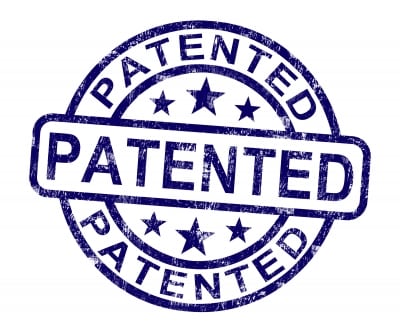This excerpt is from a guest post by Dr. Dariush Adli. He is the president of the Los Angeles-based Adli Law Group PC.
Related Post: Strengthening Protection for Your Ideas Through Overlapping IP
Briefly, the term intellectual property is an umbrella of rights that include patents (utility and design), trademarks (trade name, logo or trade dress), and copyrights.
Patents afford protection for ideas that are useful, novel and non-obvious. There are typically three types of patents that concern most businesses; utility patents, which protect the use, function and structure of products; design patents protect the aesthetic or ornamental features and aspects of products; and business method patents that concern ways of doing business. Design patents are often treated as the often overlooked and unattended-to cousin of their much better known utility patents…. The protection period of utility and business method patents is 20 years from their filing date, while that of a design patent is 14 years from its issue date.
Trademark is a generic term that refers to any feature or characteristic (usually a name or logo but can also be other features such as color, sound, smell, visual appeal or a combination of these) that identify a business’s goods or services to the consumer and help distinguish such goods and services from those offered by its competitors.
Copyright protection covers original works of authorship (typically literary or artistic in nature) that are recorded in a reproducible medium. Examples include sound, film, photography, sculpture, dramatic works, music and software. Copyright protection is very long, typically 70 years plus the author’s life.

